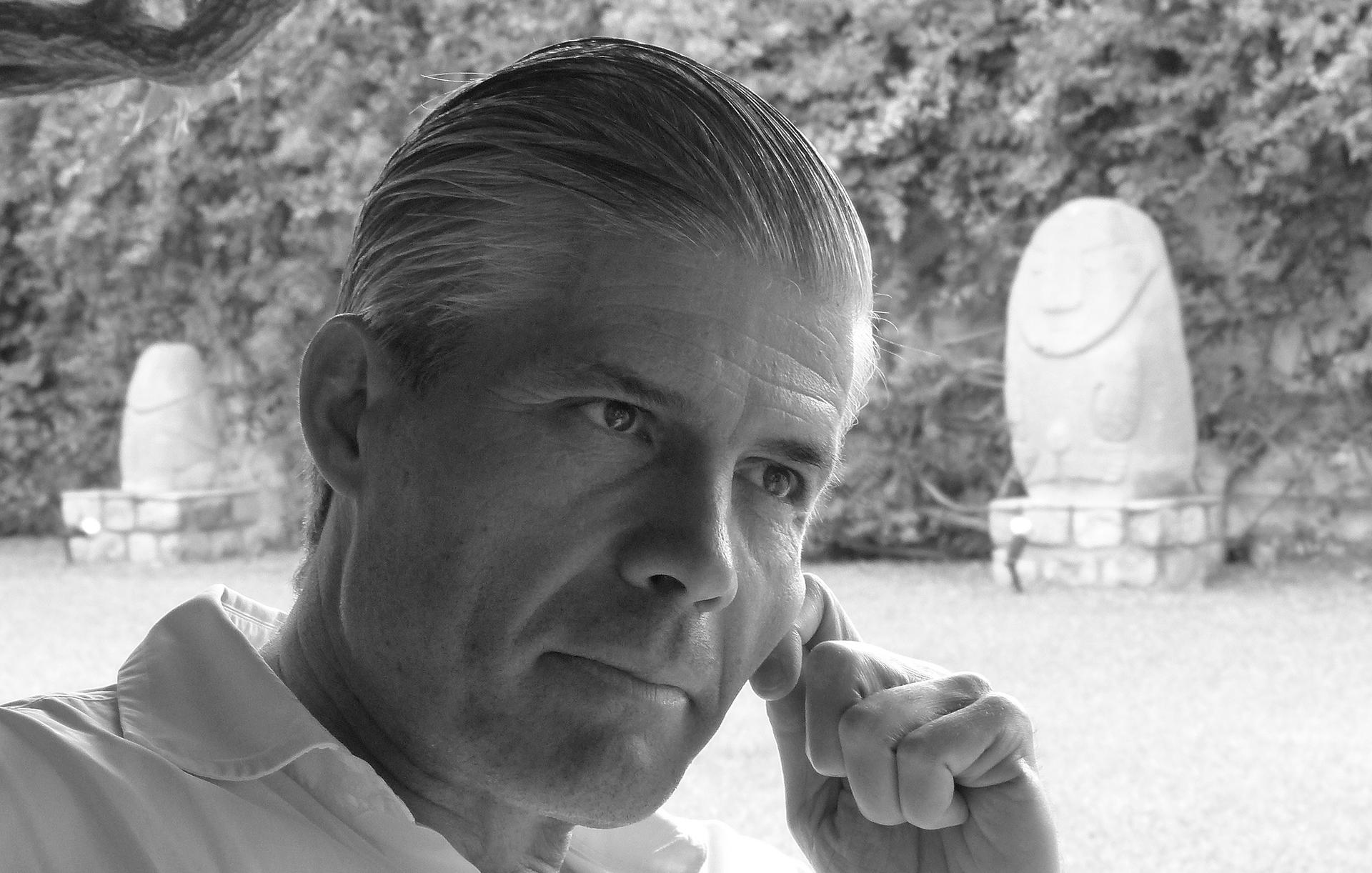This Spanish developer helped rebuild Lima and now he’s betting big on remaking Detroit
Spanish developer Fernando Palazuelo, who recently purchased the abandoned Packard Plant in Detroit to redevelop it.
The abandoned Packard Plant in Detroit is one of the most famous buildings to be sold after the city filed for bankruptcy. It’s famous both for its mammoth size — 40 acres in the eastern part of the city — and its state of ruin.
The plant has been closed for more than 60 years and aerial photos make it look like a scene from a disaster film.
But that doesn't seem to daunt Spanish developer Fernando Palazuelo, who lives in Lima, Peru. He recently bought the Detroit plant at an auction.
The day I met Palazuelo in Lima, he was dressed in cargo pants, loafers, and a white button-down shirt. It's the sort of outfit a 20-year-old might wear to a summer internship. But Palazuelo is one of the largest property owners in downtown Lima.
He says he never dreamed he would find historic real estate even cheaper than what he paid here, back before Peru's economic boom.
“When I began to buy in Lima, I am paying $100 per square meter, when in Spain it was $10,000 -12,000.
“In Detroit I am paying $1.30 per square meter, already constructed. One dollar. If the structure is intact, the rest if cosmetic.”
Palazuelo is 58. As a young man, he served in the Spanish Foreign Legion in North Africa. When he got out, he started buying and restoring old buildings. He says he just applies what he learned as a soldier to real estate.
“I think like the military. So one of the golden rules is ‘Adapt yourself to the landscape.’”
This, says Palazuelo, is how he managed to buy and refurbish buildings in Madrid, Barcelona, Bilbao, and Mallorca. Until about five years ago, he never dreamed of leaving Spain.
“I was living in the palace in Mallorca, with frescos and a garden, the most fantastic house you can ever think. An extraordinary 20th century art collection, and an old collection of Ferraris. I thought, finally, I’ve done it,” he says.
Then came the 2008 financial crisis; Palazuelo lost everything.
“I was forced to file for bankruptcy in Europe — in Madrid, in Barcelona. I sold my Ferrari collection, I sold my 20th century art collection. I sold my house in Barcelona and Palma de Mallorca. I left my family with a little money. I told them, I have to move.”
He went to Lima, Peru, where property was still cheap. But after decades of terrorism and government corruption, Lima’s historic downtown was in really bad shape. Yet Palazuelo saw opportunity. The only issue was that he had no money. Still, he was able to persuade building owners to let him buy on credit.
The next thing, he says, was finding tenants. He says he traveled to Europe, Mexico, Argentina and the US.
“In the middle of the crisis, with Lehman Brothers collapsing and all the Spanish savings banks collapsing, I was telling them, move your office to Peru. Bring your departments out of the expensive countries. So in six years, I was able to create 15,000 new jobs in the historical center, and fill all my buildings.”
Thanks to Peru’s booming economy, all those properties he bought at $100 a square meter are now valued at $1,800-2,000 per square meter.
A few months ago, Palazuelo was reading the paper and saw that Detroit was filing for bankruptcy.
“I thought, my God, what happens with Detroit?”
He says that he spent a month thinking about opening an office there. At the end of August, he flew to Detroit. His first stop: the old Packard Plant. But he couldn’t get a cab driver to go there, so he walked. And, he says, he fell in love with the Packard Plant site.
Next, he went to the Wayne County Treasurer’s Office, which he says was filled with people trying to stop foreclosures.
“This was an experience. I never thought that, in the States, you could see something like Detroit in August. It was really like a war.”
Palazuelo waited hours to talk to someone and finally convinced them that he was serious and wanted to buy the Packard Plant at auction. After two higher bidders failed to make payment deadlines, Palazuelo got the property. It ended up costing him just over $400,000. He plans to overhaul the whole thing, which he says will take at least another $350 million, and turn it into a mixed-use space, with light industry and tech companies, artists' studios and apartments. He hopes to move in for his birthday on April 9.
According to Palazuelo, his whole story is about knowing how to adapt to change. He says some people used to think of Peru as a third-class country. How could someone like him, living well in Europe, have it all collapse?
“Then you can come here to a third-class country, recover, and help Detroit, with knowledge and people from Peru.”
Palazuelo says he'll be investing a lot of resources from Peru, including Lima-based architects and money generated by his Peru-based projects, in Detroit.
Annie Murphy's story was reported in conjunction with our partner program, Radio Ambulante.
